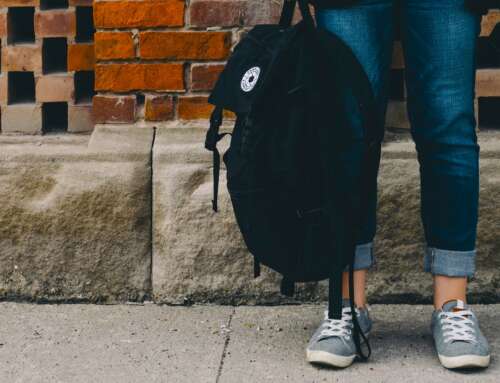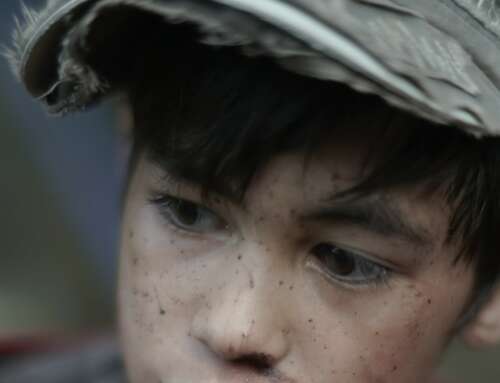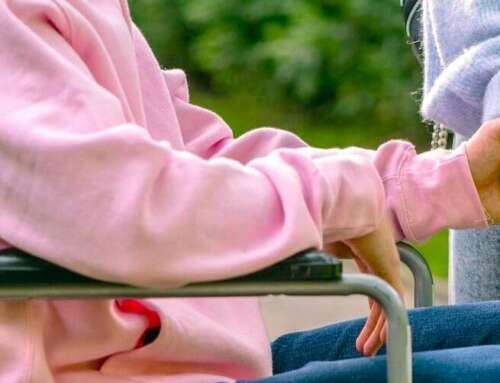Christine Grove, Lecturer, Education, Monash University
Around the world, young people are actively contributing to change. They’re breaking down barriers. They’re developing policy. And they’re creating action.
In Asia, they’ve been key contributors in government responses to the HIV epidemic. In sub-Saharan Africa, they’ve been drivers to establish and enact sustainable development goals. In the United States, young people have organised and advocated for gun control in extraordinary ways.
Australia’s black summer, coupled with the spread of COVID-19, has led to rapid and unprecedented change. It’s never been more important to include young people in our research, policies and programming. They’re key stakeholders, and their voices and ideas need to be heard and acted upon.
“Young people are not listened to with enough respect. We are told, ‘Yes, people are here to listen’, but it’s often a throwaway to the side idea – a little study in a huge survey.” – Lizzie Solly
Under the UN Convention on the Rights of the Child (26) – to which Australia is a signatory – articles 12 and 13 state that young people have the right to express their views when adults are making decisions that affect them, and to have these opinions taken into account. It’s a powerful reason to collaborate with young people.
This central idea is represented in multiple national frameworks, but often is not seen in action. When it comes to research, work has begun to give young people a greater voice and agency. Essentially, young people become research collaborators, and the approach is considered to be participatory, collaborative and inclusive.
This type of research is gaining momentum, but remains nascent in the field of inclusive education and psychology. The roles of young people tend to be consultative rather than active. Researchers have called for an urgent shift in the field to authentically address the barriers and harm that youth experience from exclusion. School exclusion is on the rise, costing Australia about $23.2 billion a year.
Over the 2019-20 Australian summer, we explored that approach, and developed an online digital exhibition with our new youth reference group. It provides a window into the often unheard stories of young people, and their experiences of education.
As Lizzie Solly shared: “Research is going to affect young people. If you don’t listen to their voices, if you don’t listen to what they have to say and what their views are, then how are you going to get the best outcome?”
“We are going to be the future, the future people in power, and we know what we like and what we want. It’s our perspectives that are going to shake the boat.” – Nikith Udayakumar
Youth Booth is a virtual exhibition showcasing the work of 10 young Victorians, produced over the Australian summer. They were asked: ‘What are the key strengths and challenges when it comes to education?’
We used a qualitative, visual methodology using participatory video, drawing, and PhotoVoice to explore their educational experiences through visual formats. These methods were first used to empower women in rural China, and are used widely in humanitarian situations and community development.
Key themes were co-constructed from conversations triggered by the visual data.
We ran four, three-hour participatory workshops, and two in-depth, semi-structured conversations with our group of participants.
Together, the young people produced a series of images and captions. Key themes emerged: being digitally native; the stress of study; influence of social media; climate change; and the impact of mental health and connectedness.
These perspectives, along with the video series we co-produced, allow us to see the complex situations that impact the youth experience of education.
This was a pilot project to test how young people can be included as key stakeholders when it comes to inclusion and education, and to build a model in collaboration with the young people themselves.
For schools, teachers, parents and policymakers, their work highlights the importance of listening and collaboration with young people, particularly when developing policies and implementing practice to build more inclusive communities.
A key message of the exhibition is: “Include us, give us voice, we can help.”
“We are the future. LISTEN.” – Sahnly Phan Chan
As researchers, we must move beyond tokenistic participation of young people, to sharing roles where young people can have a genuine influence.
In this study, young people expressed that their voices are more than data in a quick survey. They have valuable and unique insight into their own wellbeing and their quality of schooling.
The project and online exhibition offers insights into the everyday experiences of young people in our communities, and a powerful reminder to wholeheartedly listen to, and meaningfully include, young people’s voices in building their futures.
It’s even more important in these current times.
Download the exhibition to share and reference.
This article was first published on Monash Lens. Read the original article







Leave A Comment